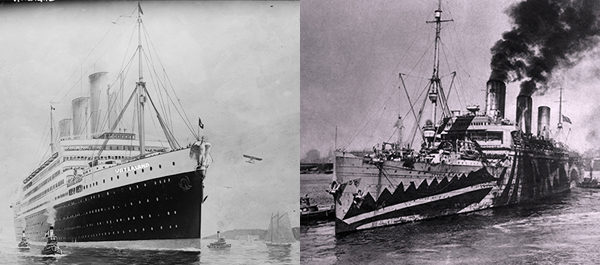This post is a snippet. To read the full article, subscribe to MHQ.
A CENTURY AGO, the largest man-made object ever set in motion slid down the ways of a shipyard in Hamburg, Germany, and splashed ponderously into the Elbe River. Thousands of onlookers on grandstands and rooftops cheered the launch of the 950-foot Vaterland, the Hamburg-American Line’s newest luxury liner.
Few on hand that spring day in 1913 could have guessed that the “Fatherland”—then the world’s largest, fastest, and most opulent ship—would have so brief and, to Germany, so humiliating a career. Barely three months after the ship’s sea trials, World War I would engulf Europe and end its service as a cruise liner. Though christened by Prince Rupert of Bavaria, Vaterland would taste little glory as an emblem of German industrial and commercial might.
Instead, the immense ship would win a place in the history books as a grand example of war booty put to good use. Confiscated by the United States in 1917 and renamed the Leviathan, the reconfigured liner rushed more than 100,000 doughboys to wartime France. Carrying an average of 12,000 passengers at a time—unprecedented for any vessel—the supership was a vital link in the Allies’ “bridge of ships” that ferried two million American troops overseas in 1917 and 1918. At the close of the fighting, U.S. Secretary of War Newton D. Baker saluted the one-time pride of imperial Germany as “the glory of the transport service” and “the greatest ship in the world.”……


.jpg)



